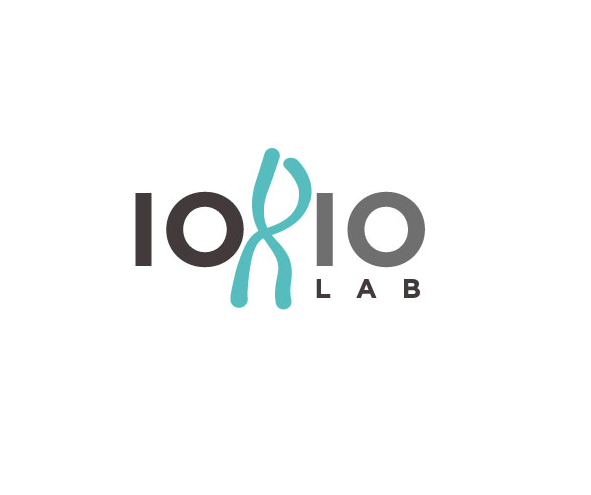
Iorio Group
Iorio group’s Apps, Tools and Computable Manuscripts
The Iorio Group works at the interface of biology, machine learning, statistics and information theory with the goal of understanding and predicting how genomic alterations and molecular traits from other omics contribute to pathological processes, biological circuits’ rewiring and have an impact on therapeutic response in human cancers and other diseases.
Our research aims at advancing human health by designing algorithms, computational tools and novel analytical methods for the integration and the analysis of pharmacogenomics and functional-genomics datasets, with the objective of identifying new therapeutic targets, biomarkers and drug repositioning opportunities.
With our experimental collaborators, we are contributing to the creation of a comprehensive map of all the genetic dependencies occurring in human cancers, and to the development of a computational infrastructure for translating this map into guidelines for early-stage drug development and precision medicine.
The Iorio Group designs, implements and maintains bioinformatics methods and original tools for the assessment of cancer pre-clinical models, the pre-processing, analysis and visualisation of genome-editing screening data, for the in-silico correction of new-technology-specific biases in such data, and for the optimization of single guide RNA libraries for pooled CRISPR-Cas9 screens and other experimental settings.
We are also interested in big-data analytics, the development of biomedical predictive models based on non-biomedical data, and computationally efficient constrained randomization strategies for testing combinatorial properties in large-scale genomic datasets and networks.
Group members
-
 Francesco Iorio
Francesco Iorio
Research Group Leader -
 Fateema Hani Bazzi
Fateema Hani Bazzi
Undergraduate Intern -
 Lorenzo Mathieu Brochier
Lorenzo Mathieu Brochier
PhD Student -
 Ottavio Croci
Ottavio Croci
Senior Data Scientist -
 Irene Fernández Rebollo
Irene Fernández Rebollo
PhD Student -
 Raffaele Iannuzzi
Raffaele Iannuzzi
PhD Student -
 Athanasios Oikonomou
Athanasios Oikonomou
Postdoc -
 Flavio Passante
Flavio Passante
PhD Student -
 Ludovica Proietti
Ludovica Proietti
Postdoc -
 Nevenka Radic
Nevenka Radic
Postdoc -
 Aurora Savino
Aurora Savino
Postdoc -
 Vanessa Spagnolo
Vanessa Spagnolo
Technician -
 Yasin Tepeli
Yasin Tepeli
Scientific Visitor -
 Gianluca Vozza
Gianluca Vozza
Postdoc
Publications
-
11/2021 - BMC Genomics
CoRe: a robustly benchmarked R package for identifying core-fitness genes in genome-wide pooled CRISPR-Cas9 screens
Background CRISPR-Cas9 genome-wide screens are being increasingly performed, allowing systematic explorations of cancer dependencies at unprecedented accuracy and scale. One of the major computational challenges when analysing data derived from such screens is to identify genes that are essential for cell survival invariantly across tissues, conditions, and genomic-contexts (core-fitness genes), and to distinguish them from […]
-
09/2021 - Clinical Cancer Research
Functional impact of genomic complexity on the transcriptome of Multiple Myeloma
Purpose: Multiple Myeloma (MM) is a biologically heterogenous plasma-cell disorder. In this study we aimed at dissecting the functional impact on transcriptome of gene mutations, copy-number abnormalities (CNAs), and chromosomal rearrangements (CRs). Moreover, we applied a geno-transcriptomic approach to identify specific biomarkers for personalized treatments. Methods: We analyzed 514 newly-diagnosed patients from the IA12 release […]
-
03/2021 - Nature Communications
Integrated cross-study datasets of genetic dependencies in cancer
CRISPR-Cas9 viability screens are increasingly performed at a genome-wide scale across large panels of cell lines to identify new therapeutic targets for precision cancer therapy. Integrating the datasets resulting from these studies is necessary to adequately represent the heterogeneity of human cancers and to assemble a comprehensive map of cancer genetic vulnerabilities. Here, we integrated […]
-
02/2021 - Nature Communications
Combinatorial CRISPR screen identifies fitness effects of gene paralogues
Genetic redundancy has evolved as a way for human cells to survive the loss of genes that are single copy and essential in other organisms, but also allows tumours to survive despite having highly rearranged genomes. In this study we CRISPR screen 1191 gene pairs, including paralogues and known and predicted synthetic lethal interactions to […]
-
01/2021 - Nature
Cancer research needs a better map
It is time to move beyond tumour sequencing data to identify vulnerabilities in cancers.